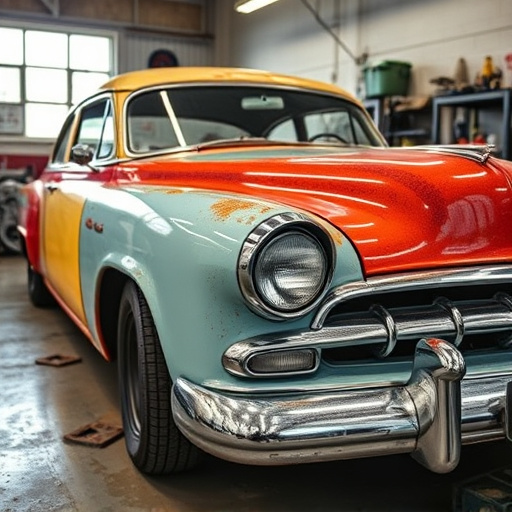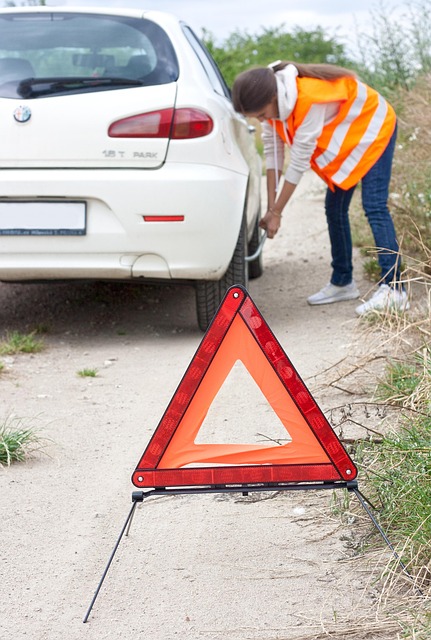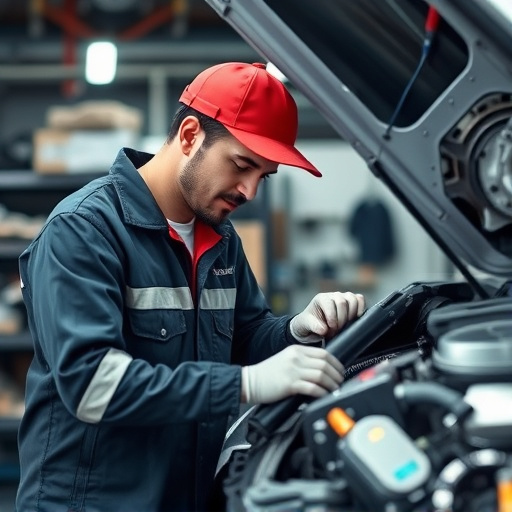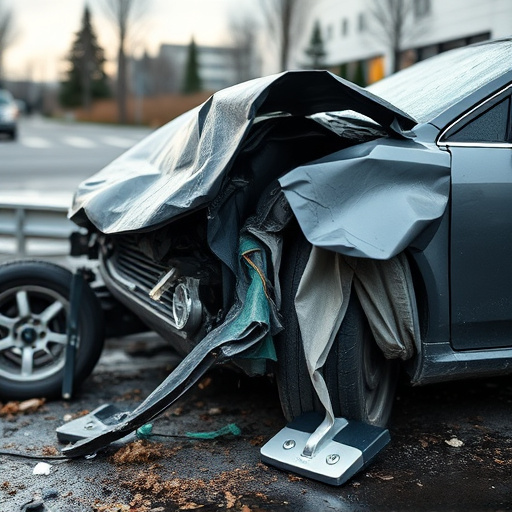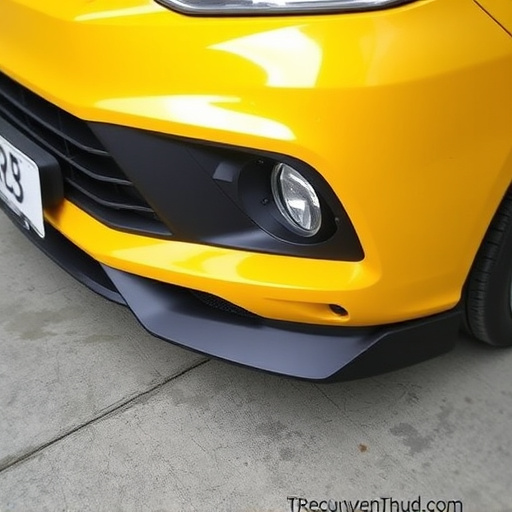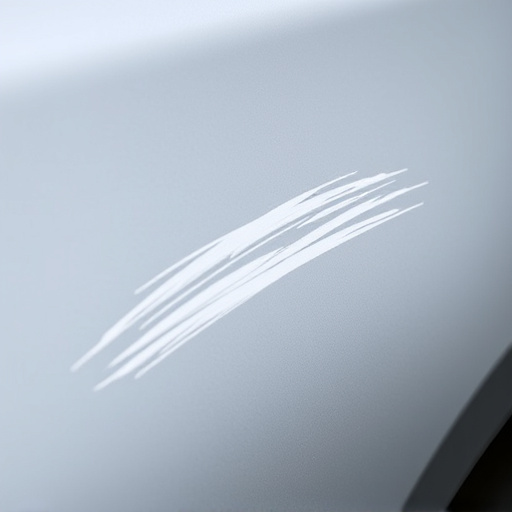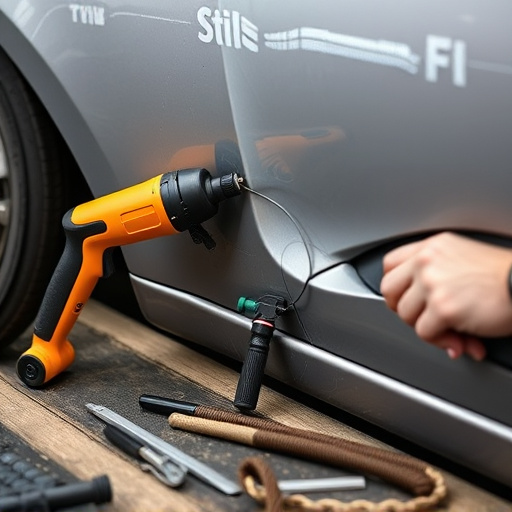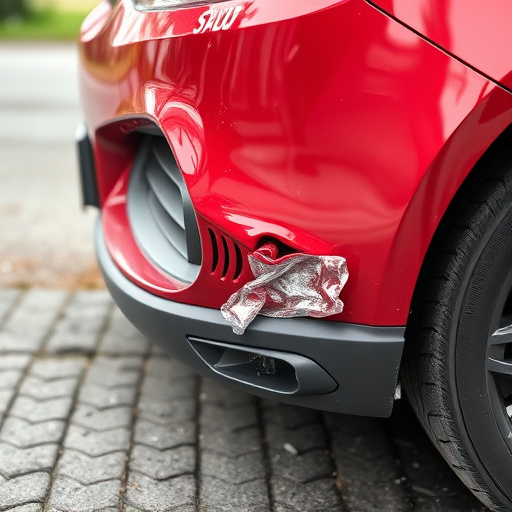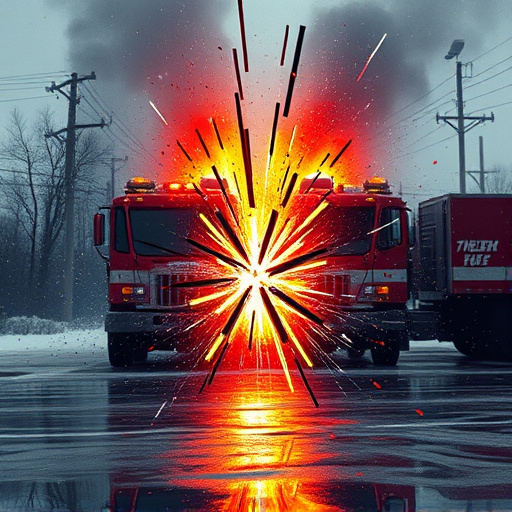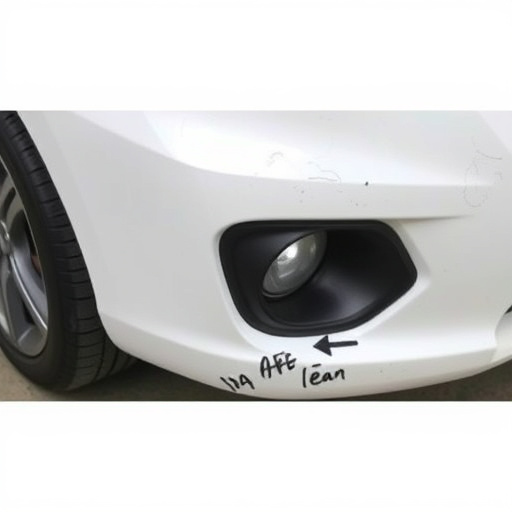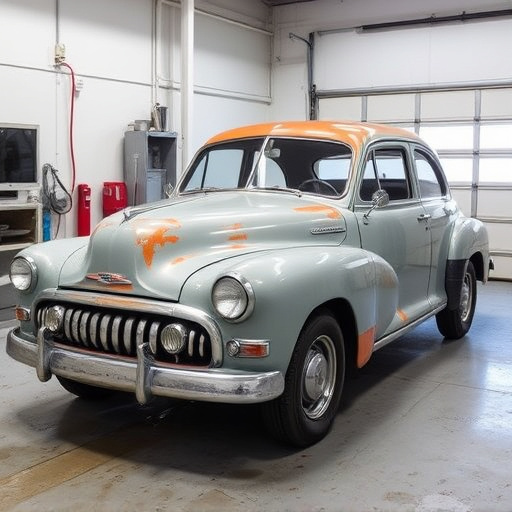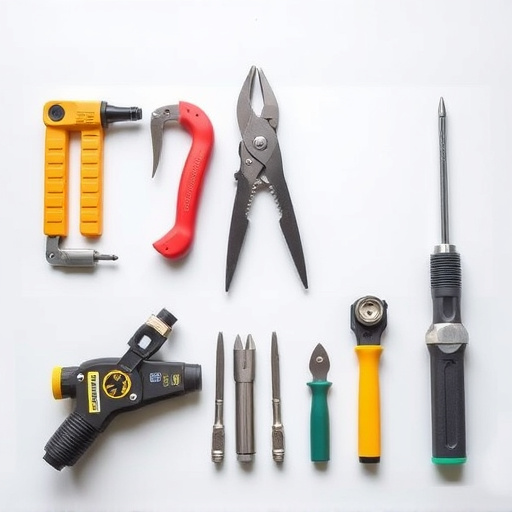Mercedes OEM windshields are renowned for their superior quality and precision engineering, adhering to strict testing and manufacturing processes. For replacements or repairs, using genuine Mercedes-Benz parts ensures vehicle integrity and supports advanced driver assistance systems (ADAS). Recalibration is a critical step, guaranteeing both aesthetic perfection and the effectiveness of ADAS features like lane-keeping assist and adaptive cruise control. Proper recalibration maintains optimal performance of Mercedes' cutting-edge safety technologies after windshield replacement or repair.
Mercedes vehicles are renowned for their precision engineering, and the OEM (Original Equipment Manufacturer) windshields play a vital role in ensuring safety and performance. This article delves into the stringent standards set by Mercedes for its windshields, highlighting the importance of recalibration for optimal visibility and driving dynamics. We explore the procedures and quality control measures that maintain the superior craftsmanship expected from the Mercedes brand, all while emphasizing the significance of adhering to OEM specifications for driver safety.
- Understanding Mercedes OEM Windshield Standards
- Recalibration Procedures for Optimal Performance
- Ensuring Safety and Quality Control Measures
Understanding Mercedes OEM Windshield Standards
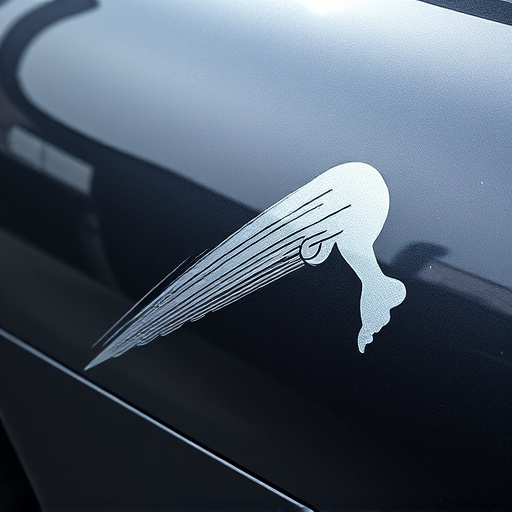
Mercedes OEM windshields are renowned for their superior quality and precision engineering, setting a high standard in the automotive industry. These windshields undergo rigorous testing and adhere to stringent manufacturing processes to ensure optimal performance and safety. When it comes to replacement or repair, only genuine Mercedes-Benz parts should be considered, as they meet the exacting specifications of the vehicle restoration process.
The brand’s commitment to excellence extends beyond production; recalibration is an essential step in maintaining the vehicle’s structural integrity. This meticulous process ensures that sensors and cameras aligned with the windshield function flawlessly, enhancing safety features such as lane-keeping assist and adaptive cruise control. Thus, for car paint repair or dent removal, it’s crucial to prioritize Mercedes OEM parts to guarantee both aesthetic perfection and advanced driver assistance systems’ effectiveness.
Recalibration Procedures for Optimal Performance
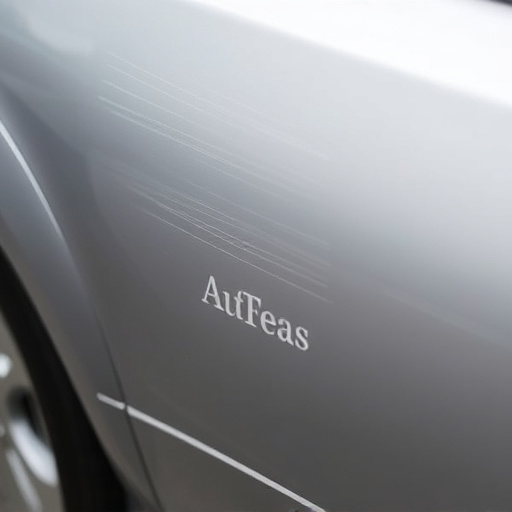
Maintaining optimal performance after a Mercedes OEM windshield replacement goes beyond mere aesthetics; it ensures driver safety and vehicle efficiency. Recalibration procedures are crucial steps in the windshield replacement process, designed to restore the vehicle’s advanced sensor systems to their original specifications. These systems, integral to features like lane departure warning, adaptive cruise control, and forward collision avoidance, require precise recalibration after any glass replacement to function accurately.
Auto repair shops specializing in Mercedes vehicles are equipped with the necessary tools and expertise to handle this delicate process. They employ specialized calibration equipment to adjust and align sensors, cameras, and radar systems, ensuring seamless integration of the new windshield with the existing safety features. This meticulous recalibration is a non-negotiable step in vehicle collision repair, critical for both the performance and reliability of Mercedes’ cutting-edge driver assistance technologies.
Ensuring Safety and Quality Control Measures
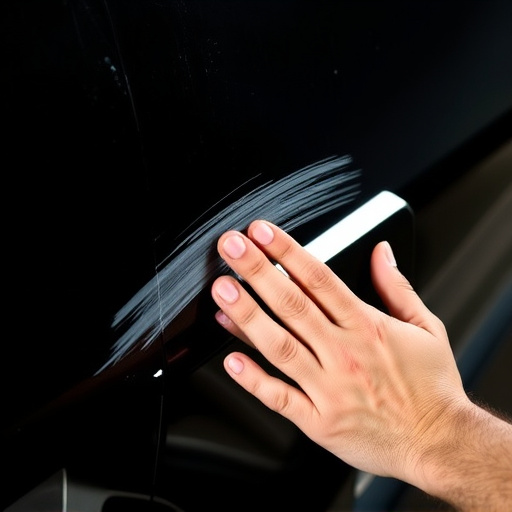
In the world of automotive manufacturing, ensuring safety and quality control is paramount, especially when it comes to Mercedes OEM windshields. These specialized glass panels are not just a component; they are a critical safety feature that protects drivers and passengers in the event of a collision. Therefore, rigorous testing and stringent quality standards are implemented throughout the production process of Mercedes OEM windshields. Every windshield undergoes meticulous inspection to guarantee it meets the brand’s high-quality benchmarks. This includes checking for precision fitting, clear visibility, and structural integrity—all vital aspects that influence both safety and driving experience.
Moreover, proper recalibration is essential to maintain optimal performance after any car collision repair or vehicle paint repair. Mercedes’ advanced systems require calibration to ensure accurate sensor readings and reliable operations. It’s not just about fixing the visible damage; it involves a comprehensive approach to guarantee the windshield functions as intended, enhancing overall safety without compromising on aesthetics. This meticulous attention to detail ensures that every Mercedes vehicle, with its original equipment windshield, offers unparalleled protection on the road.
In conclusion, adhering to stringent Mercedes OEM windshield standards is paramount for ensuring optimal performance, safety, and quality control. Understanding the specific requirements, implementing proper recalibration procedures, and maintaining rigorous safety measures are key components of meeting these high benchmarks. By following these guidelines, automotive professionals can guarantee that every Mercedes vehicle equipped with an OEM windshield operates at peak efficiency, enhancing both driver safety and overall vehicle satisfaction.
